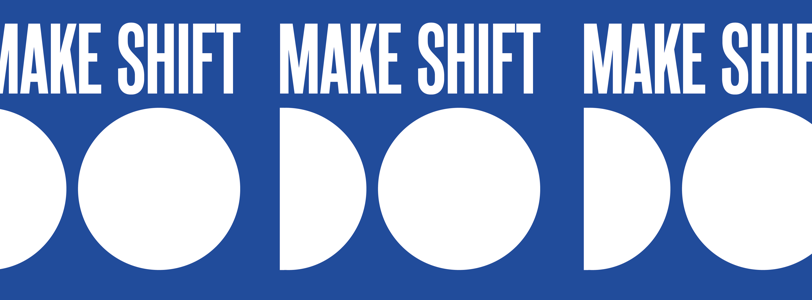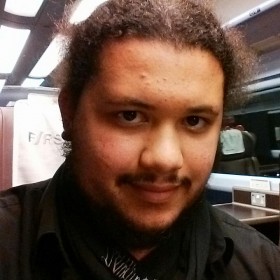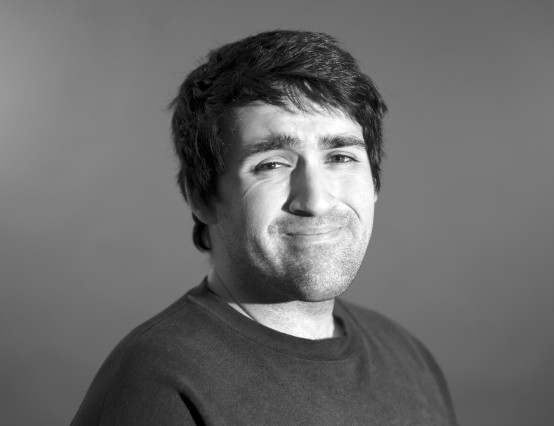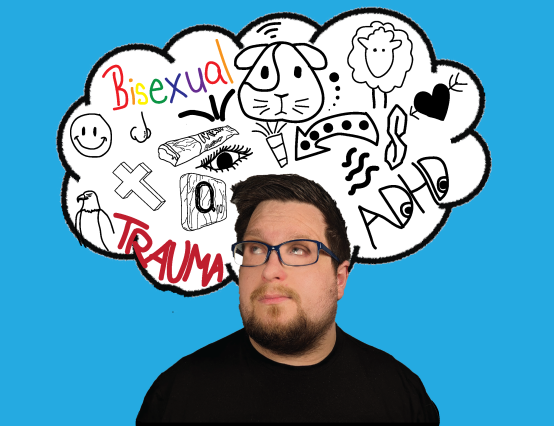Crafts Council are one of many centres taking part in Mozfest Fringe with Arts Award. For more information, check out the Arts Award Blog by clicking the banner at the bottom! Be sure to pop there w/c 17th October to for the Mozfest takeover!
Firstly, can you introduce yourself?
We are Crafts Council, the national development agency for craft in the UK. We work to make the UK the best place to see, learn about, collect and make craft. Digital crafting, through laser printing, robotics, 3D printing and more, is part of our remit. Make:Shift:Do is a festival that we host each year that celebrates digital making and puts makerspaces in the UK in the public eye.
Why have you opted to take part in Mozilla Festival?
We love the MozFest ethos: learning should be hands-on, immersive, and done collectively. And Arts Award is present at the festival too – what's not to like?
What do you hope people will get out of your Fringe session?
Make:Shift:Do is an opportunity for everyone in the UK to meet the next generation of makers and to try their hand at a new craft, from 3D printing to laser-cutting or CNC milling. We hope people will get excited by the possibilities of digital making! This year it's taking place on Friday 28 th and Saturday 29th October all over the UK. Find out how you can get involved: craftscouncil.org.uk/makeshiftdo
In what ways do you think technology will continue to push art, and vice versa?
It's a symbiotic process; technology provides more means and methods for creative expression so art diversifies, and as art searches out channels through which to be voiced, technology is further pushed to innovate. A fantastic example of this is our Parallel Practices project, where craft makers and medical and scientific researchers partnered up to learn from each other. For example, automata maker John Grayson and Robotics lecturer Matthew Howard are currently exploring synergies and movement between synthesising analogue and digital technologies within the realm of robotics and automata.
With coding being pushed hard in schools, where do you think the balance should be between computing and art in education?
We think coding is an important creative skill –like any discipline and material in craft it is a building block that people can use to create tools and functionality. However at Crafts Council we are becoming steadily more concerned about the lack of hand-making in education; so design, art and craft. Hand-making is proven to develop problem-solving, leadership, innovation, creativity, adaptability, teamwork, communication, as well as other soft-skills. Over the last 7 years, the numbers of students studying craft GCSEs have plummeted by nearly 25%, the number of design and technology students has dropped by 41%, and higher education courses have fallen by 50% since 2007/08. Those kinds of drops have a knock-on effect on any creative process, be it physical or abstract, including computing.
What is one piece of technology that you think has truly changed the world?
3D printing has changed the world of making – mostly because alongside 3D scanning it takes prototyping to a whole new level. Previously prototypes would take a long time to build, or require costly or precious materials, for example as part of jewellery making. Now you can easily produce and test out multiple versions of a craft object before creating a final product in the material you choose. As a result, the design processes we know are changing to include more gradual evolution of a design, with more testing and altering stages.
Is there a particular area in technology that you are excited to see develop further?
For us it's definitely 3D Printing in different materials – more and more materials are becoming 'filament', and more and more textures are becoming 'printable'. MIT's development of printing hair was especially exciting – it might not look that interesting on the face of things, but think about how it plays into lessening friction on printed surfaces, allowing parts to stick together velcro-style, creating motion-sensors in the manner of a cat's whiskers, and even making customisable paint brushes.
Do you have any advice to young people who might wish to enter the industry?
If you want to get into digital crafting then start by thinking what you would like to make; how would you build it and what machines and technology would help you? Building automata is a great way to get into to the right mind set as it combines creative thinking with mechanical design – the perfect STEAM activity! If you don't have access to the right technology like a 3D printer or laser cutter try asking your local school, HEI or makerspace. They might let you use the facilities, or better yet, offer to give an induction workshop!
Where can people find out more information about your work? Do you have social media accounts that people can follow?
We have a Make:Shift:Do Tumblr at http://www.make-shift-do.org.uk/, and a webpage at http://www.craftscouncil.org.uk/what-we-do/makeshiftdo/, and the hash tag is #makeshiftdo. The main Crafts Council website is www.craftscouncil.org.uk and our colourful Instagram account is www.instagram.com/craftscouncil/.










0 Comments